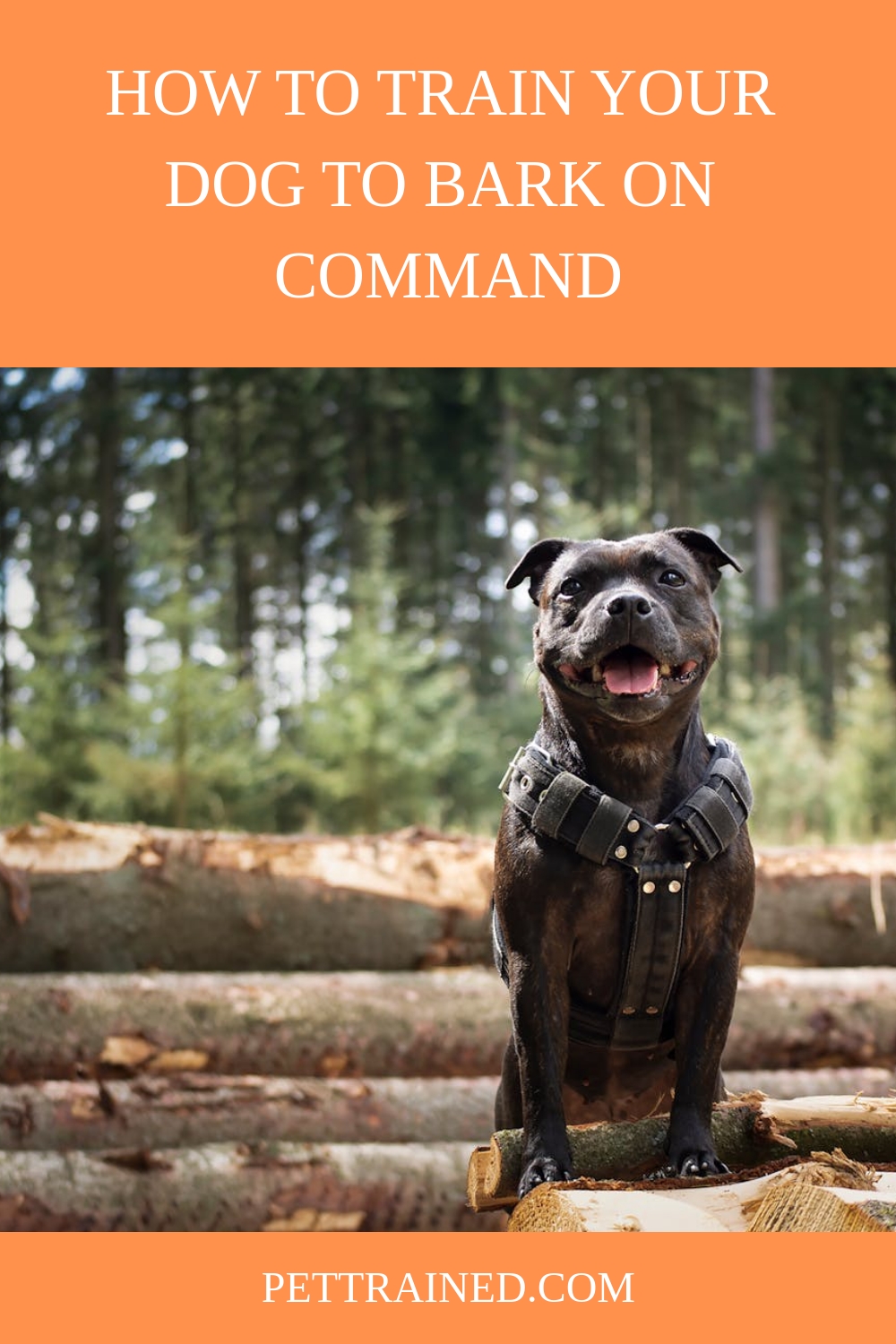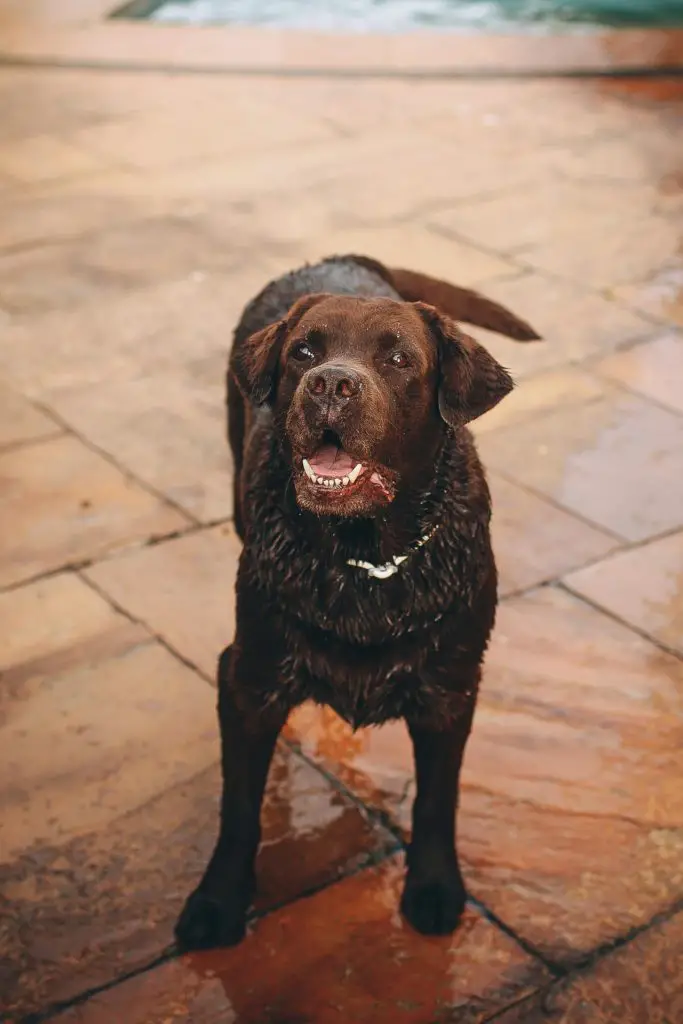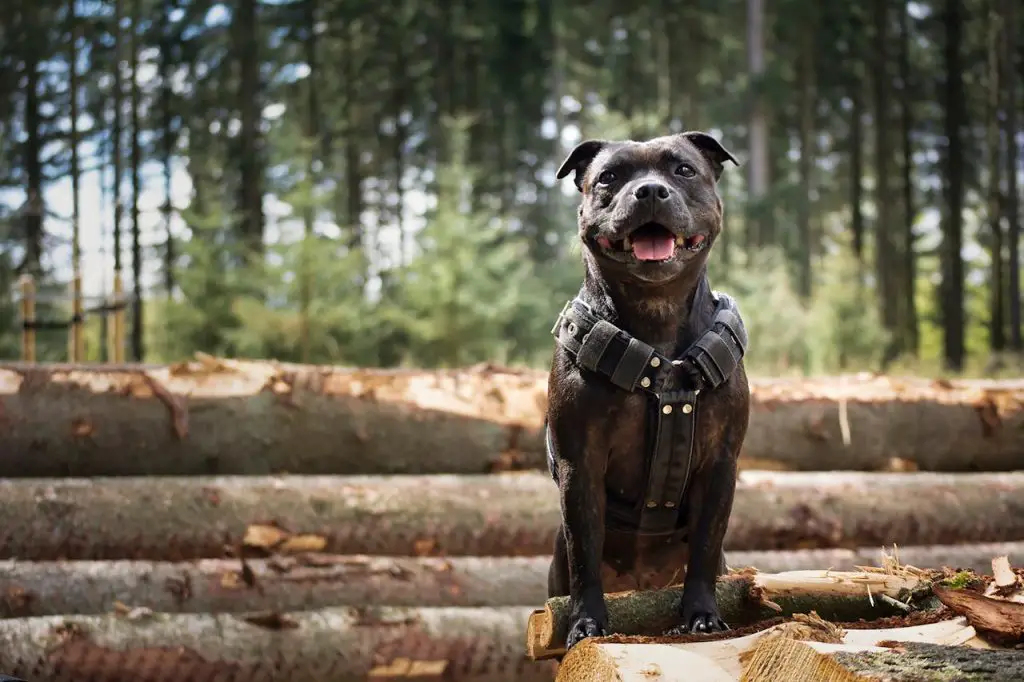
You can train your dog to bark on command by leveraging their natural barking triggers and reinforcing desired behavior through rewards and repetition. Start by understanding why your dog barks and choosing a quiet training area with minimal distractions. Pick a consistent command word and tone, then encourage barking with interactive toys like squeaky toys or tug toys. Reward your dog immediately when they bark on command, and gradually phase out treats as they become more reliable. As you progress, you’ll be able to refine your training technique and overcome challenges, ultimately strengthening the bond between you and your dog.
Table of Contents
Key Takeaways
- Select a consistent command, such as “Speak” or “Alert”, and use a tone that aligns with the desired emotional response.
- Train in a quiet area with minimal distractions, then gradually increase stimulus levels and practice in various environments.
- Utilize interactive toys, such as squeaky toys or tug toys, to stimulate barking and encourage engagement.
- Implement a reward system, linking rewards directly to barking on command, and phase out treats gradually as training progresses.
1. Understand Why Your Dog Barks
To train your dog to bark on command, you need to understand what drives them to bark in the first place.
You see, barking is an essential form of dog communication, and your furry friend uses it to express emotions, alert you to potential threats, or get your attention.
By recognizing the barking reasons, you’ll be better equipped to tap into their instincts and teach them to bark on cue.
You’ll notice that your dog tends to bark more frequently when they’re excited, anxious, or trying to alert you to something.
This post contains affiliate links. However all the information provided on this site are my own honest opinions. See more in Disclaimer.
Maybe they bark at strangers, other animals, or even when they want to play. These triggers can be used to your advantage during training.
For example, if your dog barks when they see a squirrel, you can use that enthusiasm to create a positive association with barking on command.
By understanding what sparks their barking, you can tailor your training approach to their unique personality and needs.
2. Choose a Quiet Training Area
When selecting a location for training, make sure you pick a spot with minimal distractions where your dog can focus on learning to bark on command.
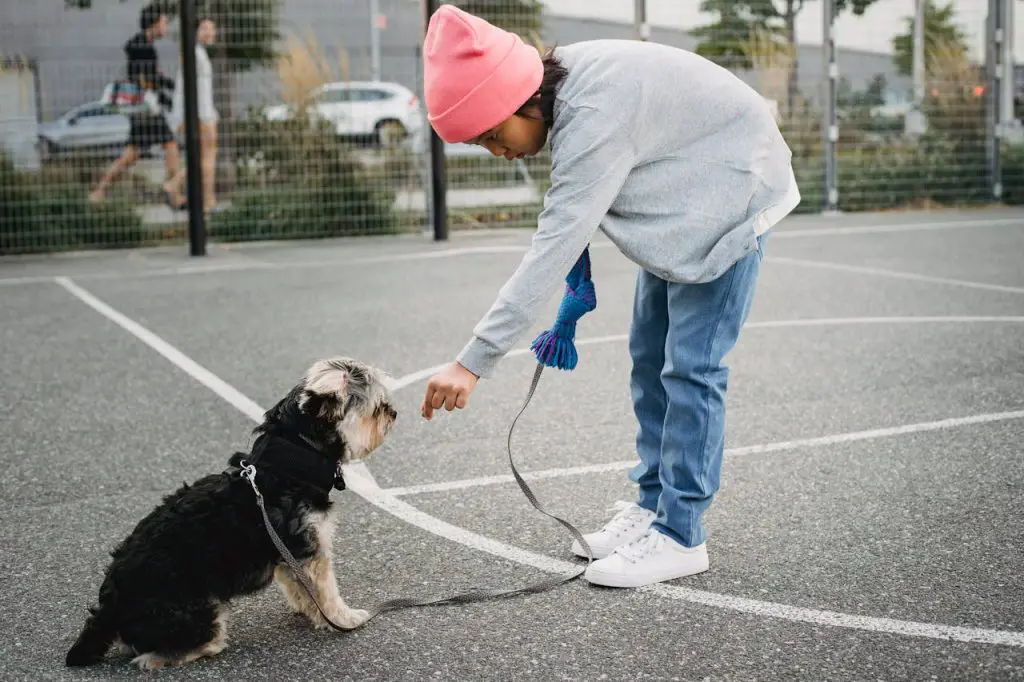
You want a quiet area where your dog won’t get sidetracked by noises, other animals, or people passing by.
Avoid training in areas with loud traffic, construction work, or near parks where children might be playing.
Environmental factors also play a significant role in your dog’s ability to focus. A room with too many toys, treats, or other pet-related items can be overwhelming.
Opt for a simple, clutter-free space where your dog can concentrate on you and the training session.
Consider training in a room with minimal echo, as loud echoes can be startling and affect your dog’s ability to learn.
By minimizing training distractions and choosing a quiet, simple space, you’ll be setting your dog up for success and creating an environment conducive to effective learning.
3. Pick a Consistent Command Word
Selecting a consistent command word is essential for teaching your dog to bark on command, as it allows them to associate the word with the action and respond promptly.
You’ll use this word consistently during vocal training, so choose one that’s easy to remember and pronounce.
When picking a command word, consider your dog’s personality and the tone you want to convey. A happy, upbeat word like “Speak” or “Talk” can encourage excitement and playfulness, while a more serious word like “Alert” or “Bark” can convey a sense of importance.
| Command Word | Tone | Emotional Response |
|---|---|---|
| Speak | Happy, upbeat | Excitement, playfulness |
| Alert | Serious, firm | Importance, attention |
| Bark | Direct, clear | Confidence, assertiveness |
To achieve command consistency, use your chosen word in the same tone and volume each time you give the command.
This helps your dog understand what you want them to do and builds trust in your vocal cues.
Remember, consistency is key in vocal training. Stick to your chosen command word and watch your dog learn to bark on command.
4. Encourage Barking With Toys
Using your dog’s favorite toys can be an effective way to stimulate barking and lay the groundwork for teaching them to bark on command.
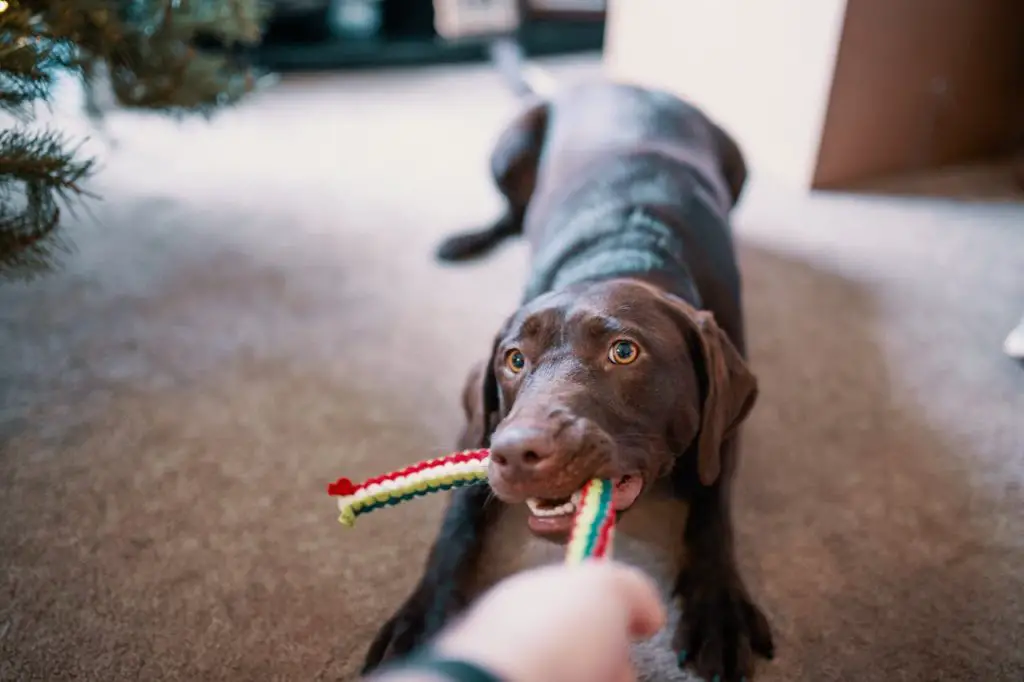
This method leverages your dog’s natural excitement and playfulness, making it a powerful barking motivation technique.
Choose interactive toys that will engage your dog and encourage them to bark. Squeaky toys, for instance, are perfect for this exercise.
When you squeeze the toy, the high-pitched sound will likely get a reaction from your dog.
Other interactive toy suggestions include tug toys, crinkle toys, or even a ball. The key is to use the toy in a way that gets your dog pumped up and barking.
You can try moving the toy around, teasing your dog with it, or using verbal cues to build excitement.
As you play with your dog, they’ll start to associate the toy with the barking behavior.
Be energetic and have fun with it – your dog will feed off your energy, and you’ll be one step closer to teaching them to bark on command.
5. Reward Barking on Command
You’ve successfully encouraged your dog to bark with toys. It’s now vital to introduce rewards that associate barking with a specific command.

By linking rewards to a particular command, you can build command consistency, which is important in effective training.
Make certain to give a reward just the moment after the target bark.
Don’t expect results from inconsistent reward actions – the effectiveness is time-stamped at that correct minute after expected actions, like desired loud and noise-rich bark production!
Rewards help form connections necessary between action-and-request steps or timeslots, such as “speak” – act while triggering feelings from you by way of the reward now coming.
Trending in Dogs:
For example, while speaking (e.g., Barking!), be instantly conveying these gifts.
Give this process multiple rewards, not just one. Continue consistently as practice continues using a short-chant speak or voice-inflected word: (“BARK-ing!”).
Using vocal volume will help your dog understand the action.
Record the time after the triggered gift to ensure the dog associates the reward with the desired action.
As rewards are solidly instilled into speaking, the emotions conveyed will signal the bark sounds correctly.
These form effective consistency in reward and speak, ensuring that the commanded barks stay focused on the sound response.
The correct bark should remain documented, with the volume of the rewarded tone staying compliant.
If “speak” is not spoken, the silence should still be recorded consistently, with rewards documented and ready. Always maintain awareness of the volume for what is loud and silent spoken.
6. Gradually Phase Out Treats
As your dog becomes more consistent in barking on command with the promise of rewards, it’s time to start weaning them off the treats that have been motivating their behavior.
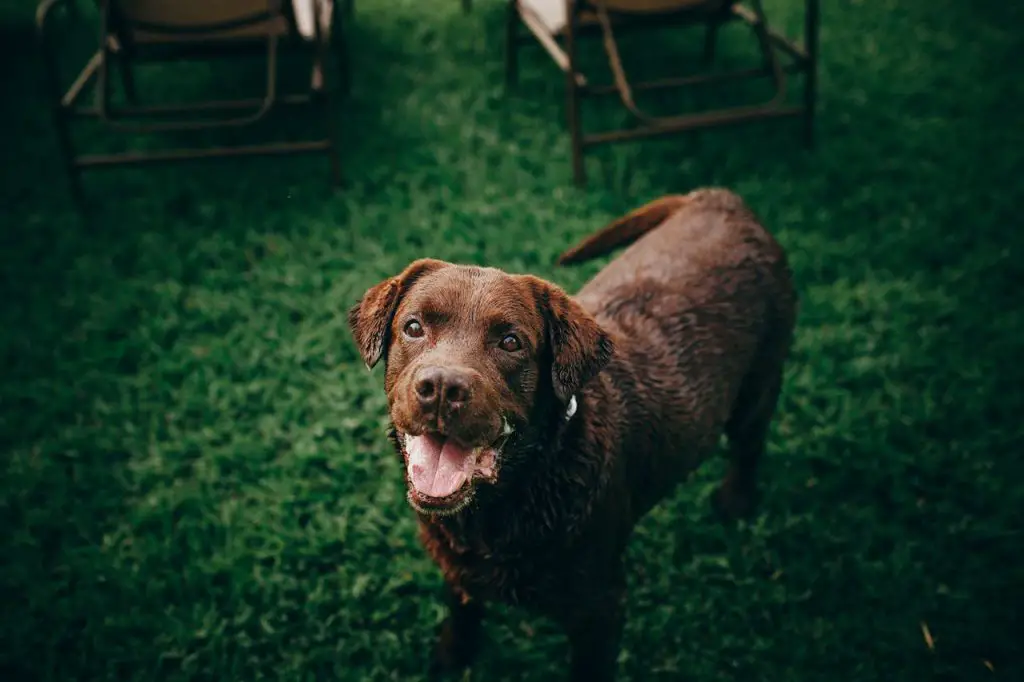
You’ll use a process called gradual withdrawal to help your dog learn to bark without relying on treats.
This is a critical step in positive reinforcement training, as it helps your dog understand that the desired behavior is what’s important, not just the reward.
To phase out treats, start by only rewarding your dog occasionally. You might reward them for every other bark, or every third bark.
This will help them learn to associate the behavior with the reward, rather than just the treat itself.
Be patient in training, as this process can take time. Pay attention to your dog’s behavioral cues and reward timing to guarantee you’re building confidence in their abilities.
Consistency is key in canine communication, so stick to your training schedule and avoid confusing your dog.
With time and practice, your dog will learn to bark on command without needing treats, and you’ll have a strong foundation for future training.
7. Practice in Different Environments
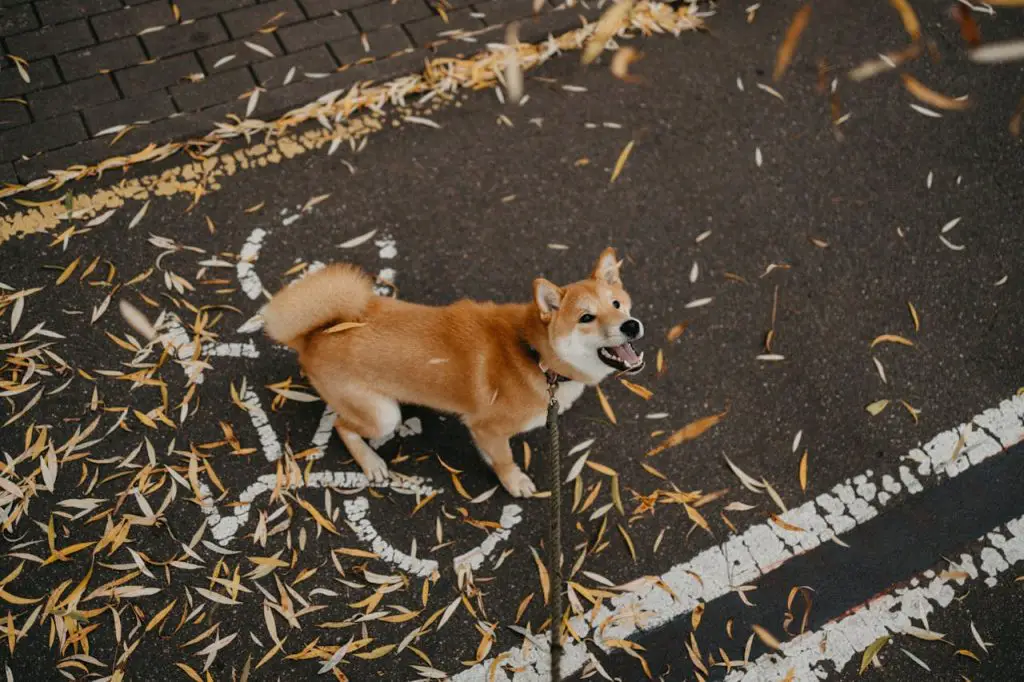
Now that your dog is barking on command in one location, it’s time to take their skills on the road.
You’ll need to choose different training locations to help them generalize the behavior and learn to respond in various environments.
Choosing Different Training Locations
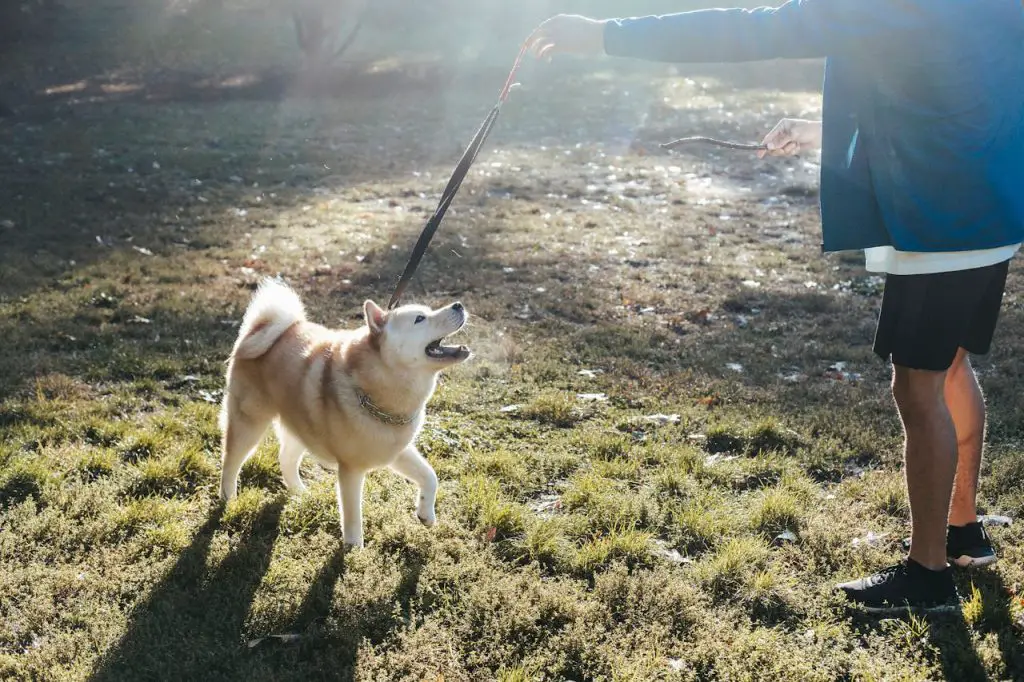
To help your dog generalize the ‘bark on command‘ behavior, practice training sessions in various locations with different environments, such as parks, pet stores, and friend’s homes.
You’ll want to mix up the surroundings to help your dog learn to focus on the command, not just the location.
Start with indoor training, where it’s quiet and there are fewer distractions. Once your dog has mastered the behavior indoors, it’s time to take it outside.
When you’re outside, you’ll encounter outdoor distractions like other animals, people, and noises.
Begin in areas with minimal distractions and gradually increase the stimulus as your dog becomes more confident.
Practice in areas with different terrain, such as grass, pavement, and sidewalks. This will help your dog learn to generalize the behavior regardless of the environment.
By varying the training locations, you’ll help your dog develop a strong understanding of the ‘bark on command’ behavior, making it more reliable in any situation.
Remember to reward and praise your dog consistently, reinforcing good behavior and encouraging continued learning.
Overcoming Distractions and Challenges
Practicing the ‘bark on command’ behavior in environments with varying levels of distraction helps your dog develop the ability to focus and respond reliably, even in challenging situations.
As you train in different locations, you’ll encounter various distractions that can test your dog’s resolve.
To overcome these challenges, you’ll need to employ distraction techniques that help your dog maintain focus.
For instance, if your dog gets easily excited by other dogs, you can practice training in areas with low canine traffic before gradually increasing exposure.
When working in distracting environments, it’s crucial to manage your dog’s excitement levels. If your dog becomes too excited, they may struggle to respond to the command.
To address this, try incorporating calm, assertive energy into your training sessions. Reward your dog for remaining calm and responding correctly.
Consistency is key when training in different environments. Stick to your routine and gradually increase the difficulty level as your dog becomes more reliable.
With persistence and the right distraction techniques, you can help your dog develop a robust ‘bark on command’ behavior that withstands various challenges.
This enhances your dog’s training and strengthens your bond.
Frequently Asked Questions
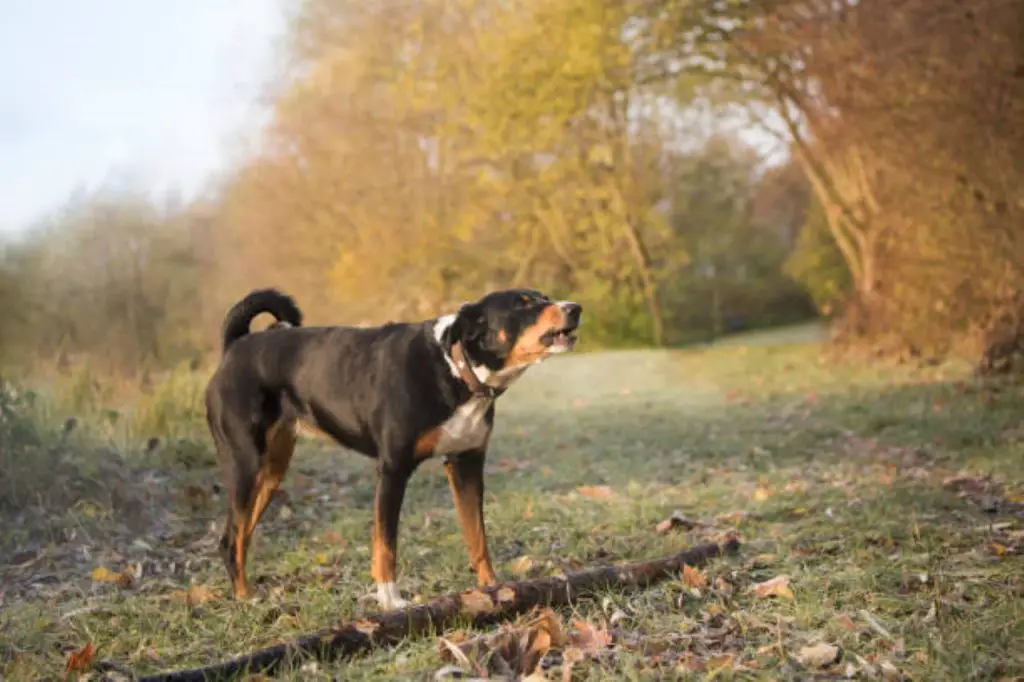
As you begin this canine adventure, you’re probably wondering: will command reinforcement release a torrent of noise? Fear not – training your dog to bark on command won’t greatly increase their barking frequency, if done correctly.
You can train an old dog to bark on command, but first, you’ll need to identify their barking triggers and understand their old dog behavior, then you can develop a training plan that works with their existing habits.
You can teach a quiet dog to bark on command with consistent training techniques tailored to their individual dog behavior. Focus on stimulating their natural instincts, using positive reinforcement, and rewarding desired responses.
You’ll risk causing training confusion if you use different commands for similar actions, so prioritize command consistency to avoid perplexing your dog – establish clear, distinct cues for each desired behavior to guarantee effective learning.
You can train your dog to bark on command without treats by using positive reinforcement methods like vocalization techniques, such as imitating their bark or using an exciting tone, to encourage desired behavior and reward with praise.
